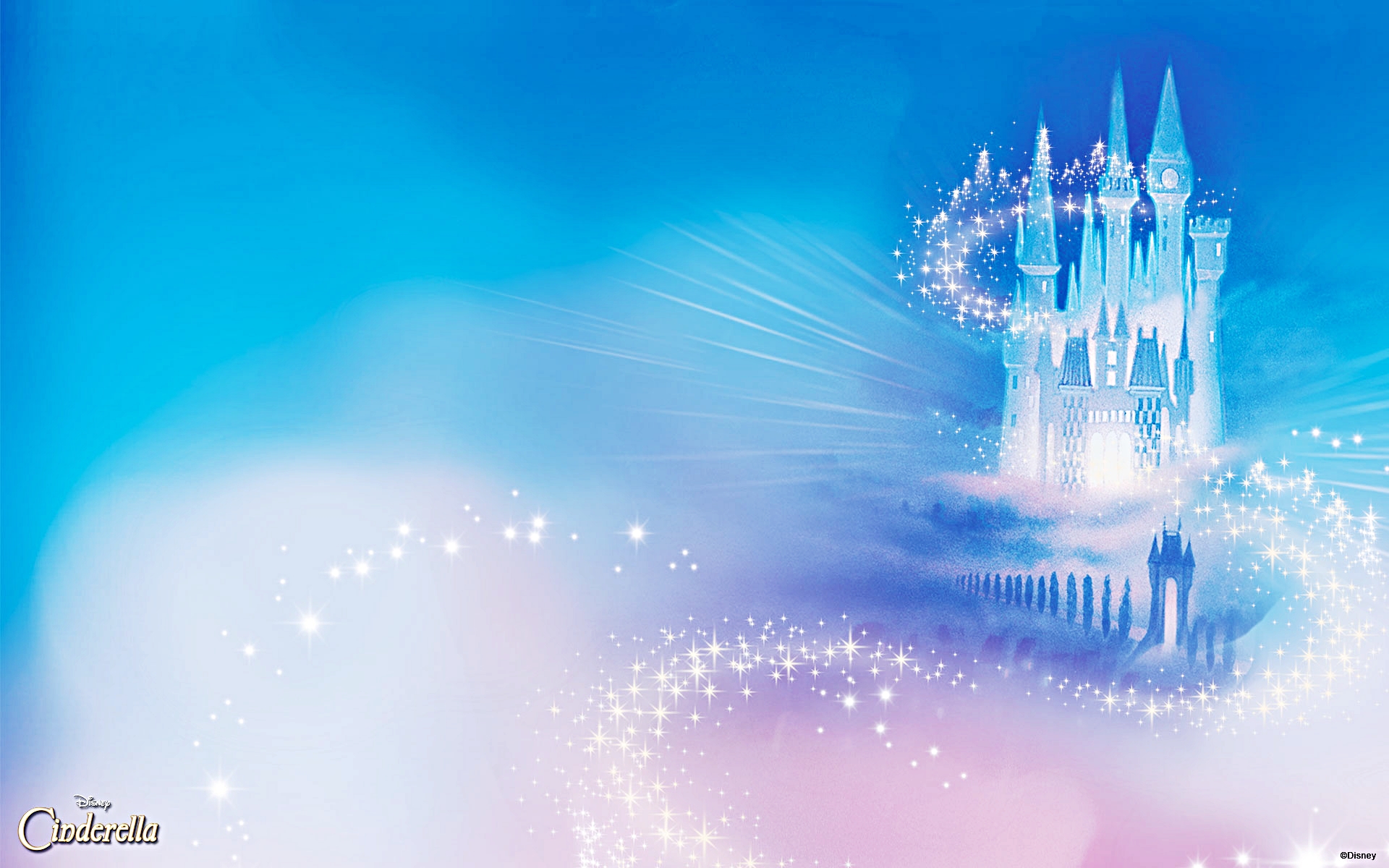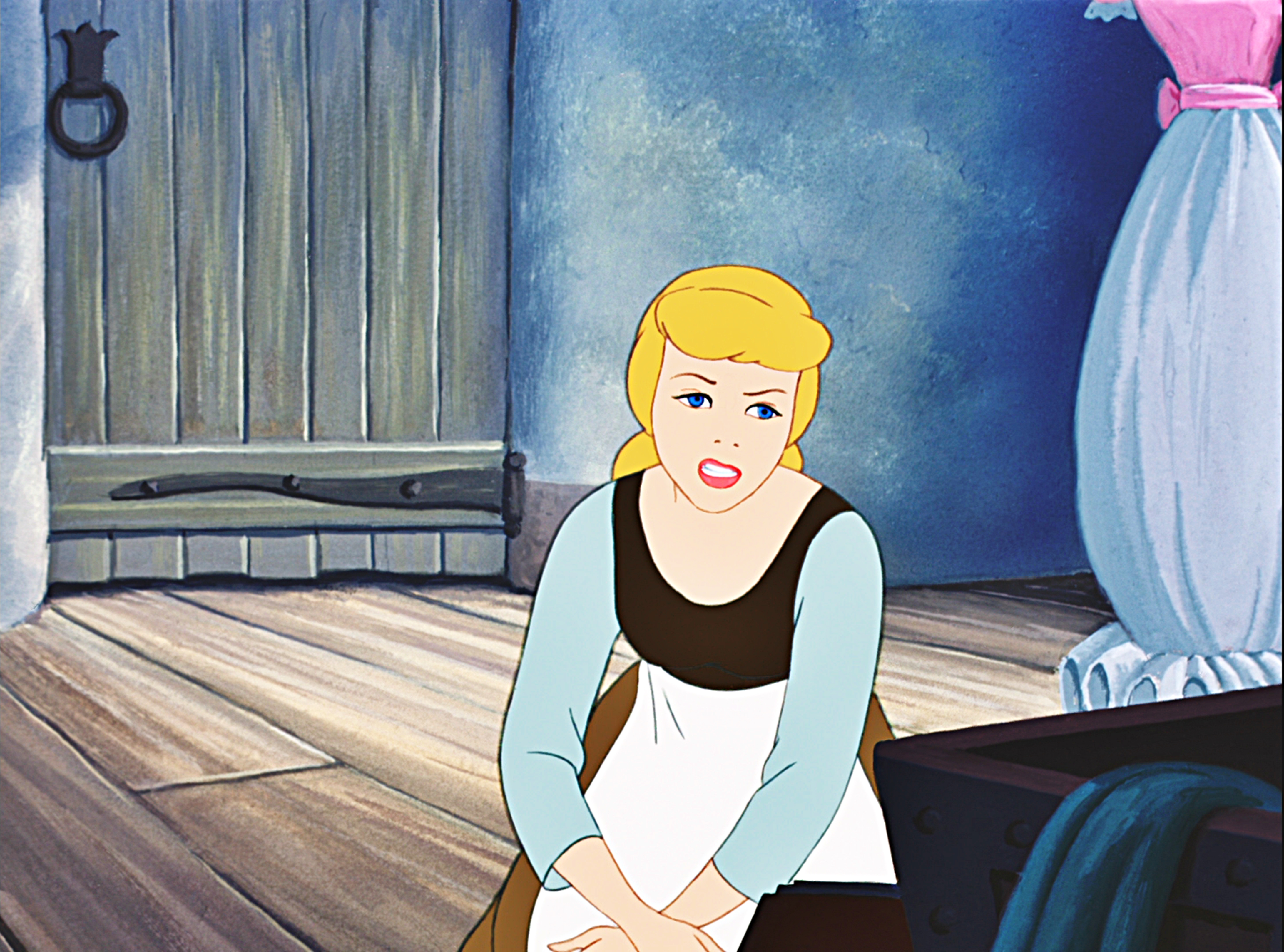


RELATED: 7 Most Watchable Direct-to-Video Animated Disney Moviesīut coming this late in Disney’s experimentation with direct-to-video releases, the subsidiaries responsible for these films - Disney MovieToons and Walt Disney Pictures - had learned what worked and didn’t work. While some of them are certainly fun, none of them - not even the wildness of Cinderella III - could be considered “essential.” No one was clamoring for the country music-focused The Fox and the Hound 2 or Pocahontas II: Journey to a New World. To Lasseter’s credit, he wasn’t wrong about these releases. Lasseter had been vocal about how the direct-to-video sequels tarnished the legacy of Disney’s work, and would soon shut down production of Disney’s video sequels. When Disney bought Pixar in 2006, the company made John Lasseter the Chief Creative Officer of Pixar and Walt Disney Animation Studios. Released fifteen years ago on February 6, 2007, Cinderella III came out at the tail end of Disney’s direct-to-video productions.

Yet in this time of odd sequels to animated classics that didn’t need sequels, Cinderella III’s absurdity and embracing of its ludicrous nature made it one of the best direct-to-video sequels Disney made during this period. In 1950, Cinderella was the savior of Disney, but in 2007 with Cinderella III: A Twist in Time, we got a a time-travelling story of Cinderella trying to avoid being gaslit by her stepmother Lady Tremaine, who has become a sort of powerful wizard. In the 90s, Disney began releasing direct-to-video sequels to their hits, an understood cash grab that created some of the wildest and most ridiculous films Disney has ever produced. But that wasn’t always case with Disney’s animated classics. Disney as a company long has been steeped in romance and tradition, with a longing to keep its iconic masterpieces sacred, and to look back and remember where the studio came from as it continues to innovate and move forward.


 0 kommentar(er)
0 kommentar(er)
